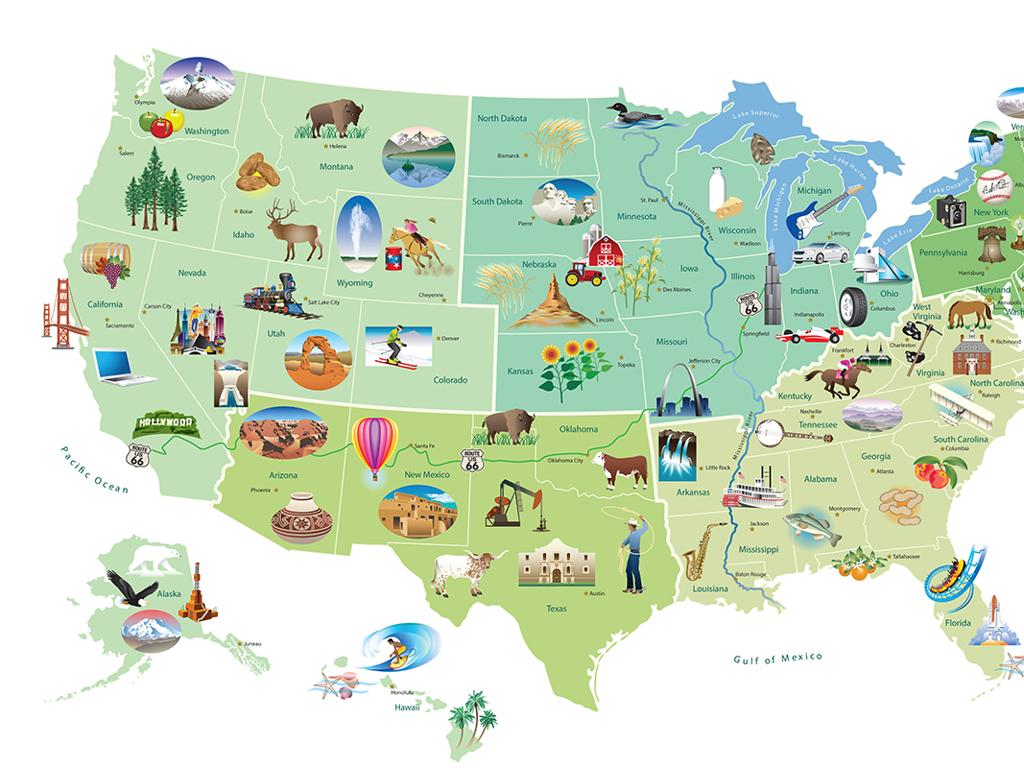Write A Two-Variable Equation
Subject: Math
Grade: Fifth grade
Topic: Variable Expressions
Please LOG IN to download the presentation. Access is available to registered users only.
View More Content
Welcome to Variable Expressions!
– Understanding variables in math
– Variables are symbols like x or y that represent numbers
– Exploring what expressions are
– Expressions are math phrases combining numbers and variables
– Today’s goal: two-variable equations
– An equation with two variables might look like: x + y = 10
– Practice with examples
– Let’s try creating equations with pairs like (2, 3) or (5, 5)
|
This slide introduces the concept of variable expressions to fifth-grade students. Begin by explaining that variables are like empty boxes that can hold different numbers. Then, clarify that expressions are combinations of these variables with numbers and operations like addition or subtraction. Today’s objective is to understand and write equations that involve two different variables. Provide examples and encourage students to think of variables as placeholders for values that can change. Finish with a practice activity where students create their own two-variable equations using different pairs of numbers to reinforce the concept.
Understanding Variables in Equations
– Variables are like boxes
– Think of a variable as an empty box that can hold any number.
– Represented by letters
– We use letters like x, y, or z to stand for variables.
– Variables can change
– Variables aren’t fixed; they can represent different numbers.
– Examples with x, y, z
– For instance, x + y = 10, where x and y are variables that can have various values.
|
This slide introduces the concept of variables, which are fundamental in understanding algebra and writing equations. Explain to students that variables are symbols that can represent numbers in math problems. They allow us to write equations that can solve many different problems, not just one. Use everyday examples like different items in a box to illustrate the concept of a variable. Encourage students to come up with their own examples of variables and discuss how changing the value of a variable can change the outcome of an equation.
Understanding Expressions in Math
– Expression: numbers, variables, operations
– Think of it like a math phrase that tells us something about numbers and variables
– Examples: 3 + x, 4y – 5, 2x + 3y
– For instance, 3 + x can mean 3 more than a number x; 4y – 5 could be 4 times a number y minus 5
– No equal sign in expressions
– Unlike equations, expressions don’t have answers, they just show relationships
|
This slide introduces the concept of mathematical expressions to fifth-grade students. An expression is explained as a mix of numbers, variables (like x and y), and operations (such as addition and subtraction) that together form a mathematical ‘phrase’. It’s important to highlight that expressions are different from equations because they do not contain an equal sign and do not show a complete thought that can be solved. Instead, they represent a value that can change depending on what the variables stand for. Use the examples provided to show how expressions can vary and encourage students to come up with their own. Emphasize that understanding expressions is a stepping stone to writing and solving equations.
From Expressions to Equations
– Equations are like balance scales
– Both sides of an equation are equal
– Equations include an equal sign
– Example equation: 2x + 3y = 10
– If x=2 and y=1, then 2(2) + 3(1) equals 10
|
This slide introduces students to the concept of equations in the context of variable expressions. Start by explaining that an equation is similar to a balance scale where both sides must have the same value, just as both sides of a scale must be balanced to be equal. Highlight the importance of the equal sign in an equation, which separates the two expressions that are equal to each other. Use the example 2x + 3y = 10 to show a two-variable equation and demonstrate with a simple substitution (e.g., if x=2 and y=1) to verify that both sides are equal. Encourage students to think of their own examples and to practice balancing equations by finding values for x and y that make the equation true.
Writing Two-Variable Equations
– Choose variables x and y
– Decide their relationship
– For example, y could be double x: y = 2x
– Combine with numbers and operations
– Use addition, subtraction, multiplication, division
– Create a two-variable equation
– Example: y = 2x + 5, where y depends on x
|
This slide introduces the concept of creating equations with two variables, typically x and y. Start by explaining that variables are symbols that represent numbers. Then, discuss how to decide on a relationship between them, such as one variable being twice the other. Next, show how to combine these variables with numbers and mathematical operations to form an equation. For instance, if y is always double x plus five, the equation would be y = 2x + 5. Encourage students to think of their own relationships and practice forming equations. Provide several examples and ensure to clarify that the relationship between variables is what defines the equation.
Example Time: Writing a Two-Variable Equation
– Define variables x and y
– Let x be apples, y be bananas
– Assign costs to x and y
– Apples $2 each, bananas $3 each
– Set a total spending limit
– We spend a total of $20
– Formulate the equation
– The equation is 2x + 3y = 20
|
This slide provides a practical example to help students understand how to write a two-variable equation. Start by defining the variables x and y as the number of apples and bananas, respectively. Then, assign costs to these variables, with each apple costing $2 and each banana $3. Set a scenario where the total amount spent is $20. The equation representing this situation is 2x + 3y = 20, where x and y are the quantities of apples and bananas bought. Encourage students to create similar equations with different scenarios and variables to practice.
Your Turn: Create a Two-Variable Equation
– Craft your own equation
– Reflect on a real-life scenario
– Consider situations like saving money or tracking points in a game
– Represent it with your equation
– Use variables like ‘m’ for money saved each week and ‘w’ for number of weeks
– Present your equation to the class
|
This slide prompts students to apply their understanding of two-variable equations to real-life situations. Encourage them to think creatively about scenarios where two changing quantities are related, such as saving money over time or scoring points in a game. Guide them to represent these situations with an equation, using appropriate variables for each quantity. For example, if ‘m’ represents money saved each week and ‘w’ represents the number of weeks, the equation could be ‘total savings = m * w’. Have students share their equations with the class to foster a collaborative learning environment where they can learn from each other’s examples. Provide feedback and ensure each student understands how their equation models the situation they’ve chosen.
Class Activity: Equation Creation!
– Pair up and think of a scenario
– Create an equation for your scenario
– Use two different items and think about their relationship
– Write your equation on paper
– Get ready to solve it next class!
– We’ll work together to find the solutions!
|
This activity is designed to engage students in creating their own two-variable equations based on real-life scenarios. Encourage them to think creatively and come up with interesting situations where two items or quantities are related. For example, they could relate the number of apples to the total cost or the number of pages read to the total number of pages in a book. Once they have their scenario, guide them to express this relationship using a two-variable equation. Collect the equations and prepare to solve them in the next class, fostering a collaborative learning environment. This will not only help them understand the concept of variable expressions but also how to apply them in practical situations.






